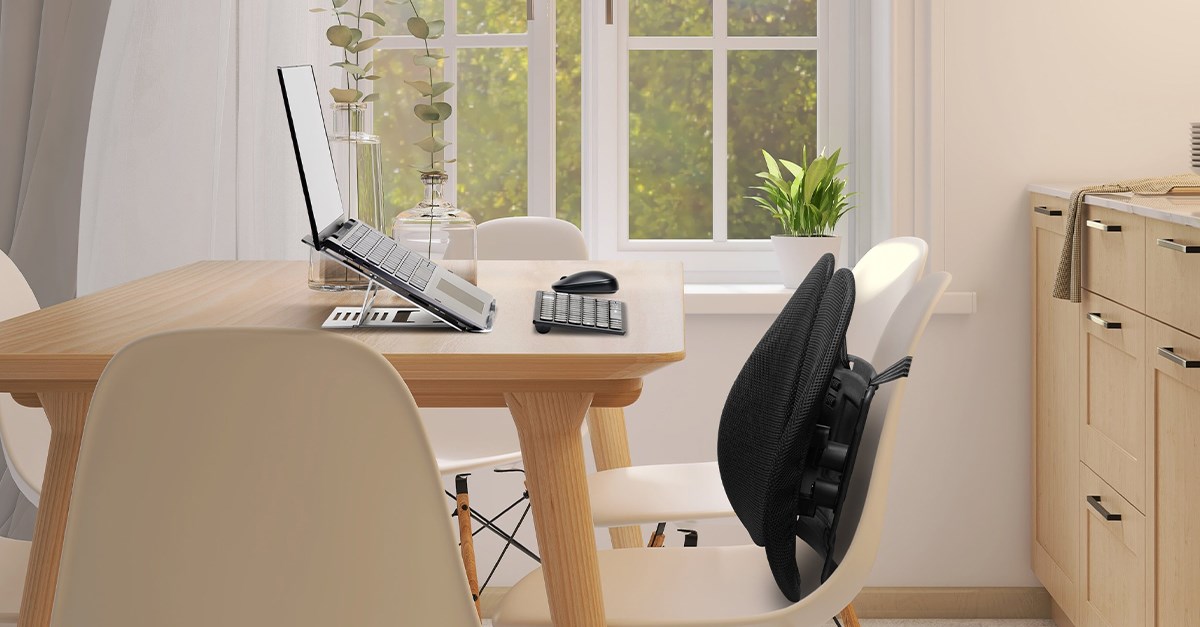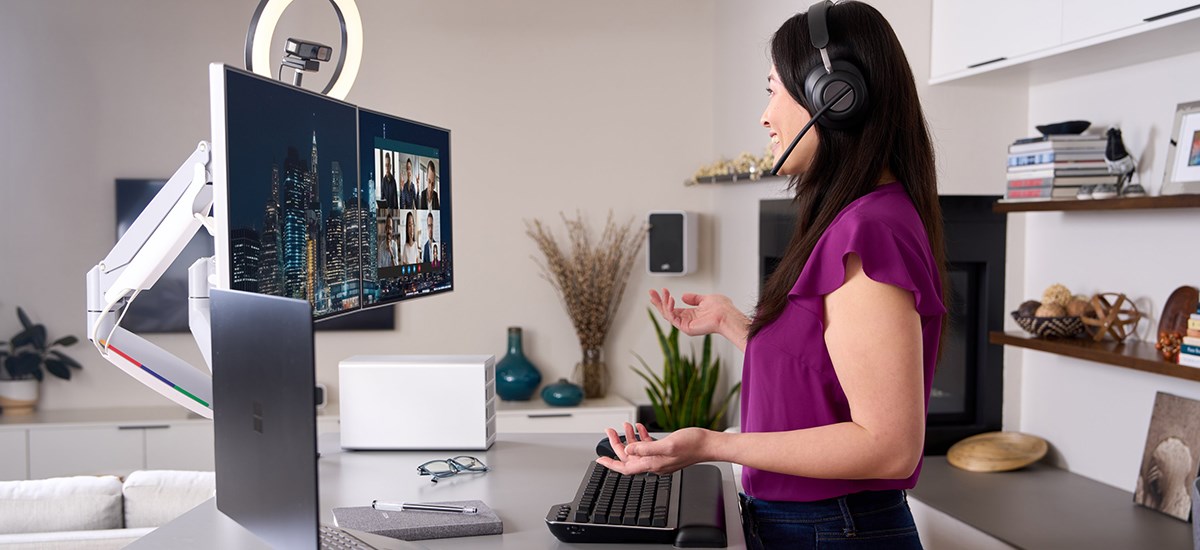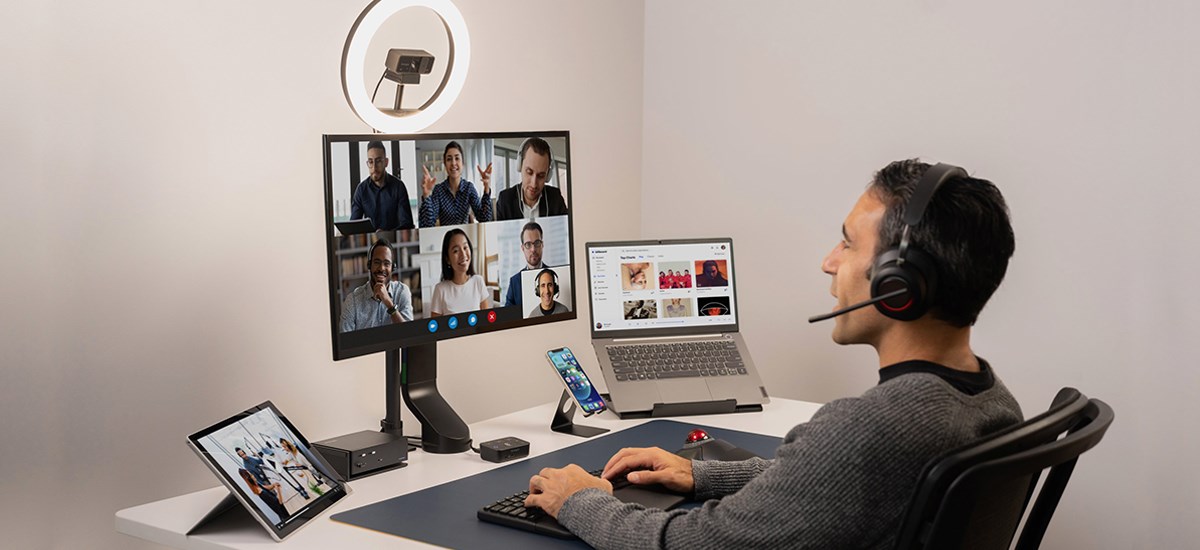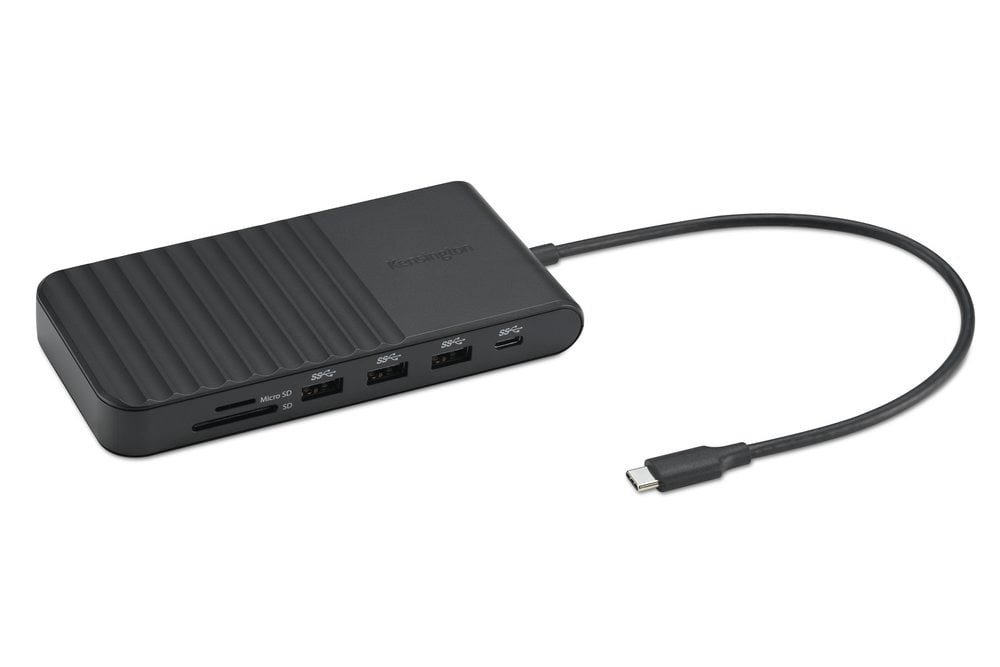
Ready to explore the crucial role your desktop layout can play in enhancing your productivity and health? A well-designed desk layout goes beyond aesthetics—it can have a significant impact on your ability to focus, stay organized, and maintain your overall well-being throughout the workday. In this article, we will delve into the considerations for creating an ergonomic desk layout that promotes comfort and reduces the risk of work-related musculoskeletal disorders (WMSD’s). We will also uncover productivity-boosting strategies, such as optimizing workspace organization and incorporating tools for efficient task management. Additionally, we will provide recommended desk layouts tailored to different work styles, ensuring that you can find the perfect setup that aligns with your specific needs and preferences. Read on to discover how a well-planned desk layout can transform your work experience and elevate your productivity and health.
Considerations for an Ergonomic Desktop Layout
Creating an ergonomic desk layout is crucial for maintaining proper posture and minimizing strain on your body during prolonged work hours. Correct posture is vital to support musculoskeletal comfort and long-term health. When setting up your desk, consider arranging your chair and desk height in a way that allows your feet to rest flat on the floor, thighs parallel to the ground, and knees at a 90-degree angle. Avoid slouching or hunching over the desk, and instead, aim for a neutral posture with a straight back and relaxed shoulders.
Tips for arranging your desk to minimize strain involve bringing equipment closer to you rather than reaching out. Place your keyboard and mouse close to the edge of the desk to prevent excessive reaching and strain on your arms and shoulders. Position your monitor at arm's length away, with the top of the screen at eye level to maintain a comfortable viewing angle and reduce neck strain. Consider using a monitor stand or adjustable monitor arm to achieve the optimal height and tilt. Additionally, ensure that frequently used items are within easy reach to avoid unnecessary stretching or twisting. In addition, consider incorporating ergonomically designed workspace accessories, such as the Pro Fit®Ergo Wireless Keyboard or the Pro Fit® Ergo Vertical Wireless Mouse, the H3000 Bluetooth® Over-Ear Headset, and the SoleMate™ Comfort Footrest.
By implementing these considerations and tips for an ergonomic desk layout, you can create a workspace that promotes proper posture, reduces physical or repetitive strain injuries (RSI), and enhances your overall comfort and well-being during work hours. Remember, small adjustments can make a significant difference in preventing discomfort and maintaining your health in the long run.

Productivity-Boosting Desk Layout Strategies
Productivity-boosting desk layout strategies can have a profound impact on your ability to stay focused, organized, and efficient throughout your workday. Decluttering your workspace is a crucial first step. A clean and organized desk helps reduce visual distractions and allows you to locate essential items quickly. Invest in storage solutions such as desk organizers, drawers, and shelves to keep your desk free from unnecessary clutter.
Organizing your desk for maximum efficiency involves creating designated areas for different tasks and tools. Arrange your desk in a way that places frequently used items within easy reach. Use desk trays or file organizers to sort and prioritize documents. Consider implementing cable management solutions to keep cables neat and prevent them from tangling or obstructing your workspace.
Minimizing distractions is another key aspect of a productivity-boosting desk layout. Position your desk away from noisy areas or distractions such as windows with high foot traffic. Consider using noise-canceling headphones or ambient background noise to create a focused work environment. If possible, designate a separate space for personal items or non-work-related objects to help maintain a clear boundary between work and leisure.
By implementing these productivity-boosting desk layout strategies, you can create an organized and efficient workspace that promotes focus, minimizes distractions, and optimizes your productivity. Remember, a well-designed desk layout is not only visually appealing but also instrumental in creating an environment that supports your work goals and helps you stay in the zone.

Recommended Desk Layouts for Different Work Styles
Recommended desk layouts can vary based on different work styles and requirements. For individuals who spend most of their day on the computer, an ergonomic setup is essential. Ensure that the desk height allows for proper alignment of the wrists, elbows, and monitor height. Consider using an adjustable chair with supportive back rests and seat cushions, and a monitor stand or adjustable monitor arm to achieve optimal viewing angles. Utilize a keyboard and mouse that promote comfortable hand and arm positions, such as an ergonomic keyboard and mouse. Additionally, organize the desk to have frequently used items within arm's reach, such as reference materials or a phone.
Artists or designers may benefit from a spacious desk layout that accommodates their creative process. Allocate ample surface area for sketching, drawing, or using a graphics tablet. Consider having dedicated storage for art supplies or tools, such as drawers or shelves. Adequate lighting is crucial for this work style, so position the desk near a window or invest in good-quality task lighting.
For individuals who need to take frequent breaks, a flexible and dynamic desk layout can be beneficial. Consider incorporating a desk that allows for seamless transitions between sitting and standing positions, such as the SmartFit® Sit/Stand Desk. Create a layout that facilitates movement, such as having a designated space for stretching or incorporating a balance ball or active seating option. Additionally, ensure that the desk is organized to support quick access to essential items or materials to minimize time wasted during breaks.
Remember, these recommended desk layouts are meant to serve as a starting point, and customization based on individual preferences and specific work requirements is key. By tailoring the desk layout to different work styles, individuals can create a workspace that optimizes their comfort, productivity, and overall work experience.

Conclusion
In conclusion, optimizing your desk layout is not only crucial for your productivity but also for your overall well-being. By considering ergonomic principles, you can minimize strain on your body and reduce the risk of musculoskeletal issues. Organizing your desk for maximum efficiency and minimizing distractions can significantly enhance your focus and efficiency. Tailoring your desk layout to your specific work style ensures that your workspace supports your unique needs and requirements. So, take these recommendations to heart and put them into practice. Create an ergonomic and organized desk layout that fosters productivity, promotes good posture, and minimizes distractions. Your workday will become more enjoyable, efficient, and healthy as a result. Start making these positive changes today and unlock your full potential in the workplace.
Discover Kensington's Ergonomic Workstation Solutions for improved wellness and productivity.
